Why the Electric Vehicle Industry Has A Promising Future in India?
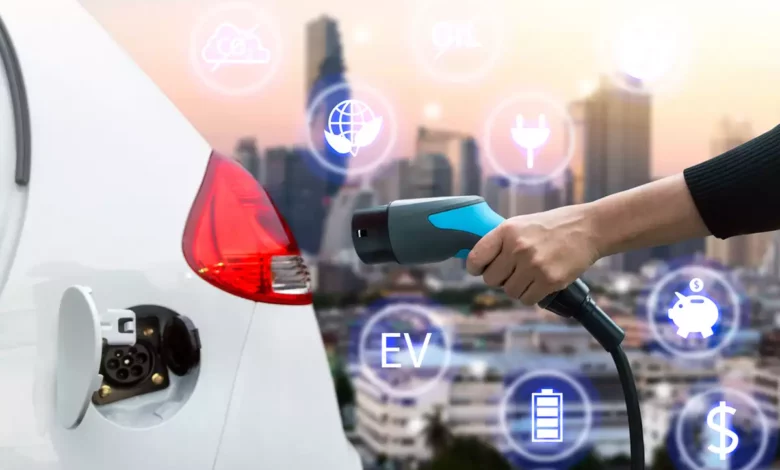
Why the Electric Vehicle Industry Has A Promising Future in India?
With prompt action from all significant stakeholders, including original equipment manufacturers (OEMs), component suppliers, infrastructure providers for charging and swapping, and governments (both at the federal and state levels), the electric vehicle (EV) market in India has a bright future in 2022.
The adoption of electric mobility is also growing as a result of supportive legislation and investments in product and technology development by both well-established industry players and up-and-coming businesses.
In fact, in the first half of this fiscal year, the proportion of EVs in the two-wheeler category more than doubled to 4.2% from 1.9% last fiscal, while rising to 7.5% from 4.7% in the three-wheeler segment and to 1.13 from 0.7% in the passenger vehicle (PV) segment.
It’s Hard To Miss The Spurs
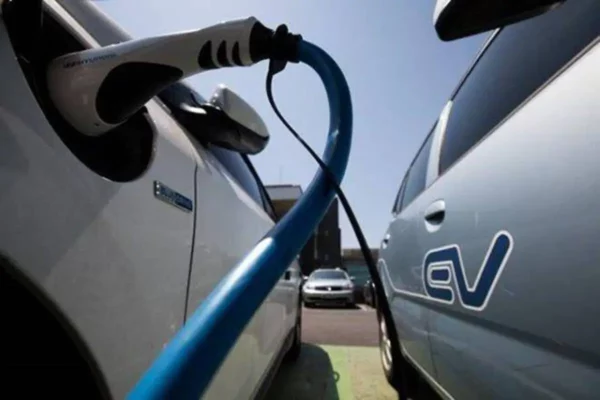
A number of government measures, including the Faster Adoption and Manufacturing of Electric Vehicles (FAME) and the Auto and Advanced Chemistry Cell Production Linked Incentive schemes, function as catalysts.
It is becoming increasingly necessary for original equipment manufacturers (OEMs) to provide electric vehicles and hybrids in their product lines in order to comply with regulations governing fuel efficiency.
State policies are a further impetus for EV production and adoption across the country because the majority of sizable states are providing capital subsidies and demand-driven incentives.
The automotive sector is also undergoing change. How does this help? In addition to 15 PV manufacturers, the EV industry currently includes 95 two-wheeler, 110 three-wheeler, and 8 bus manufacturers. Both start-ups with novel ideas and established manufacturers with knowledge and experience in the automobile industry thrive in a competitive environment.
Hero MotoCorp, TVS, and Bajaj Auto have developed EV goods in the two-wheeler market and are in competition with start-ups like Ather, Ampere, Hero Electric, and Okinawa. Similar to this, start-ups like Omega Seiki Mobility, Euler, Lohia Auto, and Kinetic Green compete with well-known companies like Piaggio, Mahindra, and Atul Auto in the three-wheeler market.
Affordable EVs from Tata Motors lead the market for electric passenger cars, with tiny shares held by other manufacturers like Kia, Hyundai, BYD, BMW, Mercedes, and MG Motors. While market leader Maruti Suzuki expects to introduce its first EV in 2025 and Hyundai plans to release six EVs by 2028, Mahindra is designing a new EV series to begin in January 2023.
Tata Motors, Eicher, JBM, Switch Mobility, Olectra, BYD, and PMI Electro Mobility are vying for market share in the electric bus market, and Causis plans to join the race as well.
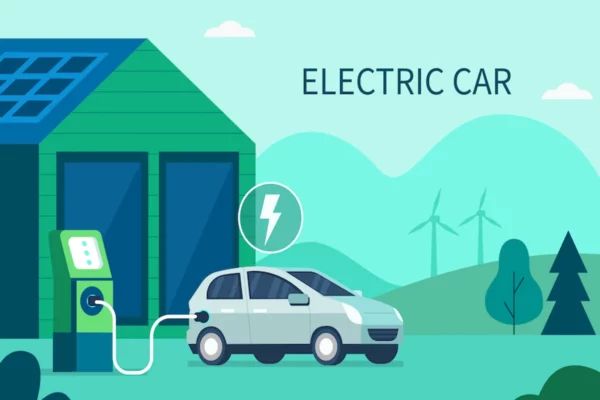
Uno Minda, Tata AutoComp, Schaltbau Group, Valeo India, and Lucas TVS are just a few of the auto component producers that have begun producing EV drivetrain and charging infrastructure-related parts.
Increasing customer interest is the third facilitator. Start-ups like BluSmart, Zypp, and MoEVing, among others, favor EVs for corporate use because they make more financial sense than internal combustion engine (ICE) vehicles for lengthy use.
To achieve their environmental, social, and governance (ESG) purposes, many multinational corporations also opt to incorporate electric mobility into their business transportation needs.
Additionally, a sizable percentage of those who develop cars for personal use are increasingly thinking about electric options for their subsequent purchase.
Obstacles Still Exist
EV adoption is constrained by worry over pricing, range, and charge despite the significant advancements made this year. The table below shows how changes in product pricing and availability have boosted consumers’ confidence.
Tiago EV marks the debut of a vehicle under Rs 10 lakh in the PV market, making electric vehicles available. The Tiago EV MR base model and the Tiago EV LR long-range model both have a certified range of 250 km, making them the epitome for short commutes around town.
The market should also be excited by the increase in EVs’ range.
Previously, EV growth had been hampered by charge anxiety. This is currently being alleviated by significant advancements in charging infrastructure, battery swapping possibilities, permission to establish personal charging stations, and other measures by the Ministry of Power and Energy Efficiency Services Ltd (EESL), an organization whose objective is to assist consumers, enterprises, and governments in properly managing their energy needs using energy-efficient technologies.
Over 1,600 public EV chargers have been installed, and FAME II has authorized 2,877 charging stations around the country; 184 charging stations have been approved for use along corridors and expressways, while 1,392 charging stations have been approved for use along roads.
Financial issues, insurance issues, battery issues, and resale issues are some more teething problems.
A green auto loan for PVs is available from the State Bank of India at a lower interest rate of 8.20–8.65 percent (8.40-9.20 percent for an ICE car loan).
Electric two- and three-wheelers, on the other hand, still encounter difficulties because loans for these vehicles have a lower loan-to-value, a higher interest rate, and a shorter tenure, which causes the equated monthly installments to increase by 50% to 100%.
The World Bank is assessing financial solutions for risk sharing and lowering the interest rates on financing for EVs and charging infrastructure. Lender and buyer confidence in residual value can be bolstered if original equipment manufacturers (OEMs) provide choices for extended battery guarantees or assured repurchases at a certain rate.
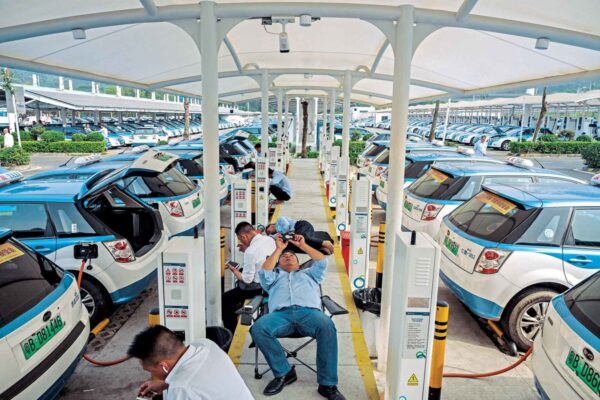
Since the car and battery must be funded independently, swappable vehicle financing will also result in revisions to Reserve Bank of India regulations.
Discounted third-party liability premiums are required by India‘s Insurance Regulatory and Development Authority. The insurance companies are looking at strategies to deal with the various types of products (with/without detachable batteries), and have linked insurance premiums for EV items with the OEM.
OEMs are offering EVs warranties with extended terms for battery life. Four years from now, as current purchases are listed for sale on the used car market, the resale of EVs will pick up speed.
The Future Route
In the ensuing few years, the EV business is probably going to pick up speed. By fiscal 2030, CRISIL predicts that the share of EVs in domestic two-wheeler sales will increase from 4% to more than 40%, from 7% to 70% for three-wheelers, from 1% to 25% for PVs, from 4% to 25% for small CVs, and from 4% to 30% for buses.
India has already made significant improvements in localization in the traction motor, controller, and DC-DC converter industries. CRISIL forecasts localization in EV production to reach around 80 percent over the next 3-5 years.
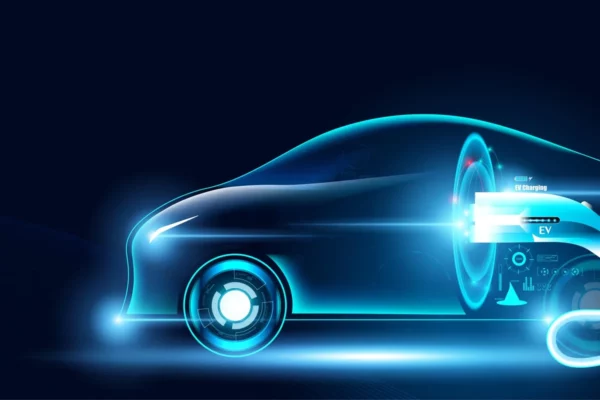
The Indian EV component market’s revenue is predicted to increase at a compound annual growth rate of 76% from the fiscal year 2022’s $4,300 billion to the fiscal year 2027’s Rs 72,500 billion. At that point, EVs will account for 9–11% of the market for automotive elements, up from the current paltry 1% proportion, even as the supply of parts for ICE-powered vehicles also expands.
Overall, the indications point to this being the decade of electric vehicles, with India possibly appearing as a leader thanks to government support and industry investment.
edited and proofread by nikita sharma



